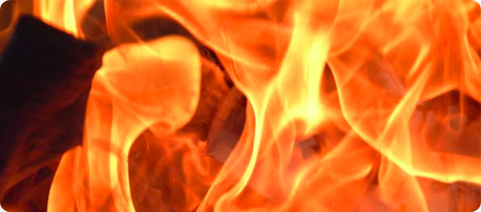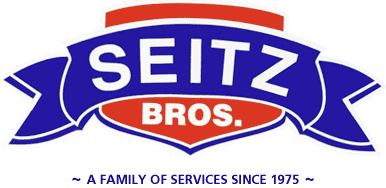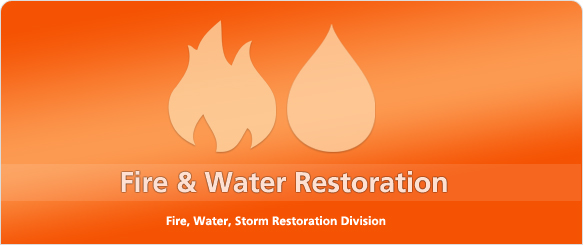How Do Fires Work?

A typical fire must have three main components to form, a flammable material, oxygen, and heat. A fire can be eliminated when one of these elements has been removed from the grouping. The main component that differentiates fires is the most important element that many homeowners may misunderstand.
This main component ties the essential three elements together. The chain reaction is the final element that creates a "fire tetrahedron" which enables the fire to grow. The three main elements generate a chain reaction where a fire essentially feeds off itself through heat energy, when given the elements available, will facilitate the fire to grow quite rapidly.
The problem transpires when a chemical reaction occurs when a fire needs to be put out. There are various types of fires where just simply removing an element from the fire triangle will not suppress a fire. Classes separate these types of fires. For example Class A, which includes fires created with wood, paper, and cloth. Class B includes flammable liquids, such as grease and paints, and Class C is electrical. These three are usually the most common throughout homes and businesses. Class D includes combustible metals such as, magnesium and lithium, mainly found in places such as a chemical laboratory, and Class K includes cooking oils and fats.
As part of our fire restoration service, we provide 3 convenient locations covering places like Allentown, Bethlehem and Easton at our Trexlertown location in the Lehigh Valley; or Scranton, Wilkes-Barre and Stroudsburg at our Tannersville office in the Poconos; and Hazleton, Reading, and Lancaster at our Tamaqua Headquarters in Eastern and Central Pa. We also service parts of New Jersey and New York. Call today to schedule an appointment and see why you are calling the best fire restoration service in the region.





